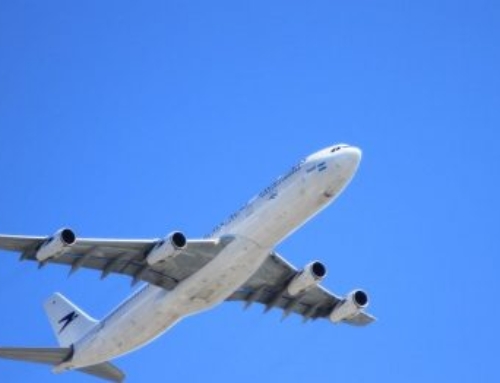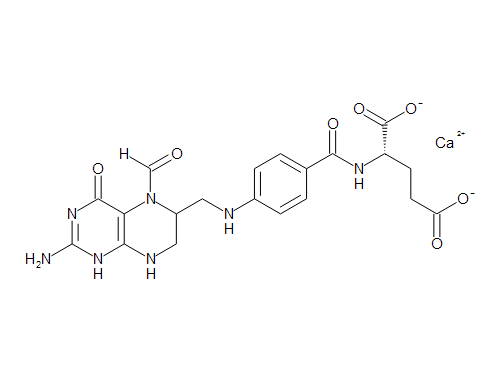(PRWEB UK) 8 September 2012
rate of over 80% in reducing the
Dr Bradstreet has treated 600 children with GcMAF in the USA and will publicise some of his results at the Treating Autism Conference on September 9th and in a paper being published afterwards.
Daniel’s case is not unusual. Now aged 5, he was diagnosed with severe autism at aged 2 ½. His family had tried a casein free, gluten free and, more recently, ketogenic diet for his digestive problems. All factory food was avoided, as were sugars, wheat, peanuts and yeast.
However, despite many medications, Daniel did not see significant improvement until he was put onto GcMAF. Almost from the first injection, a new calm settled over the household.
Between the 5th and 6th injections, Daniel became a lot more aware of his surroundings and more spontaneous with his language. By week 7, his parents were reporting that he was the most engaged with life they had ever seen him. Unlike previous treatments, there was no regression.
At about 8 weeks he started to recognise pictures and went from struggling with a six piece jigsaw to completing a 48 piece puzzle. Daniel had seen improvements in composure, language, awareness and relationships:
————————————————————————————————————————————–
In the last six months we have collected reports from 94 families that have tried GcMAF with their children affected by autism, and the results seem very encouraging.
The age of children ranges from 3 to 15 years old (except one who was 21). 83 of them reported significant improvements, 7 did not notice any change, while 4 showed side effects.
Using the Immuno Biotech Ltd (http://gcmaf.eu) vial 2,2 ml (100 ng/0,25 ml), they started to inject 0,01-0,02 ml (1-2 units of a insulin syringe 0,5 ml) and increasing every week by 1 unit until reaching a dosage of 8-25 units, depending on body weight and the individual response of each child.
Parents noticed the first improvements from just the first 2-3 weeks after treatment, and they continued to increase the dosage to the point where they did not notice further improvements and/or started to see some side effects such as hyperactivity, or defiant and negative behaviours.
We also observe there is not any specific correlation between weight and dosage; this means that children who weigh 20 kg could tolerate dosage up to 15-18 units; and boys who weigh more than 45 kg could show satisfactory improvements on a dosage not more than 7-8 units.
The 4 children who had side effects showed hyperactivity, increase of stimming, agitation and aggressiveness, even with low dosage, which disappeared after discontinuing GcMAF.
What improvements did parents report?
Cognitive abilities: attention and focus, learning and understanding, receptiveness and awareness of the environment and people around them, in addition receptive language (understanding new and complex sentences from parents and adults) and expressive language (ability to pronounce the first words, or increase the number of known words, or improve imitation, language and speech fluency), social skills (willing to interact and communicate with peers); behaviour: less hyperactive, less stereotypical, more cooperative and compliant.
Case 1.
R. 6 yo, 20kg, Dx of PPD of Autism Spectrum, 10 units/week of GcMAF for 20 weeks.
Much more cooperative and obedient, receptive, language now completely fluent, learning strongly improved. Aggression and negative behaviour completely disappeared.
Case 2.
C. 15 yo, male 46 kg. Dx of Autism with OCD. 18 units in 24 weeks of treatment.
Significant reduction of obsessive-compulsive behaviour (nothing could be moved in room, or he could react with severe tantrums). Aggression completely disappeared.
Case 3.
F. 21 yo, 103 kg, Dx of Autism. 10 units/week of GcMAF, 10 weeks of treatment.
Severe awakening with loud screams and aggression lessened until he awoke without agitation and aggression. Impulsive and aggression during the day completely disappeared. These improvements allowed the parents to discontinue psychotropic medications that he had been taking for many years.
Dr Nicola Antonucci
MD from University of Bari, Italy in July 2000. During the School of Specialization he was member of research of “Gruppo di Neuroscienze Psichiatriche” and worked on NeuroImaging Field using functional MRI and Spectroscopy. Since October 2006, when his daughter was diagnosed ASD, he started to work with Biomedical Treatment of ASDs using the knowledge of Autism Research Institute – San Diego (CA). He is now director of the “Biomedical Centre for Autism Research and Treatment” in Bari – Italy. With Dr. Dario Siniscalco, Second University of Naples, he founded a research group to study molecular and cellular changes in ASDs, and publishes in peer reviewed journals.
I found this on Yahoo.com






